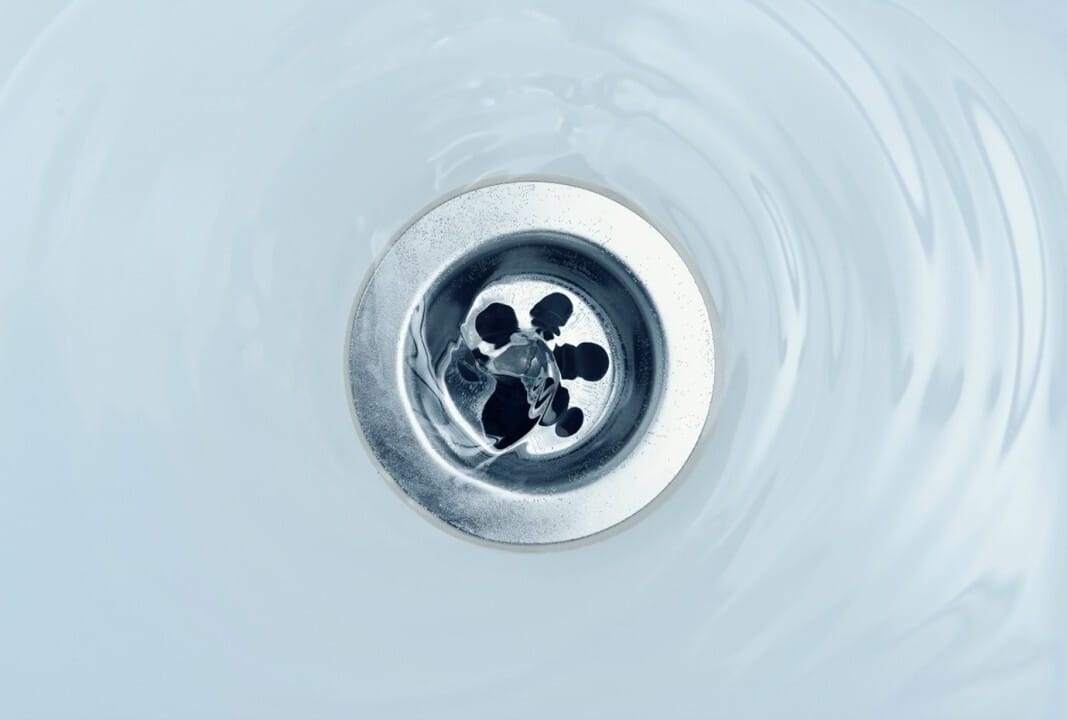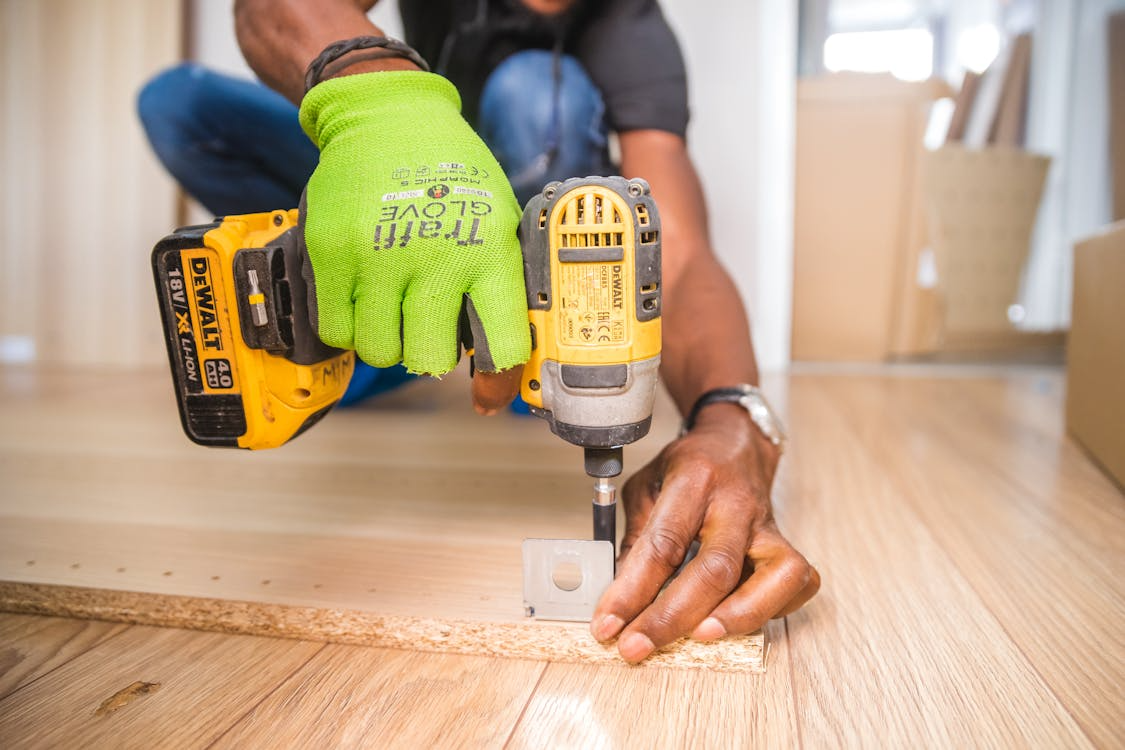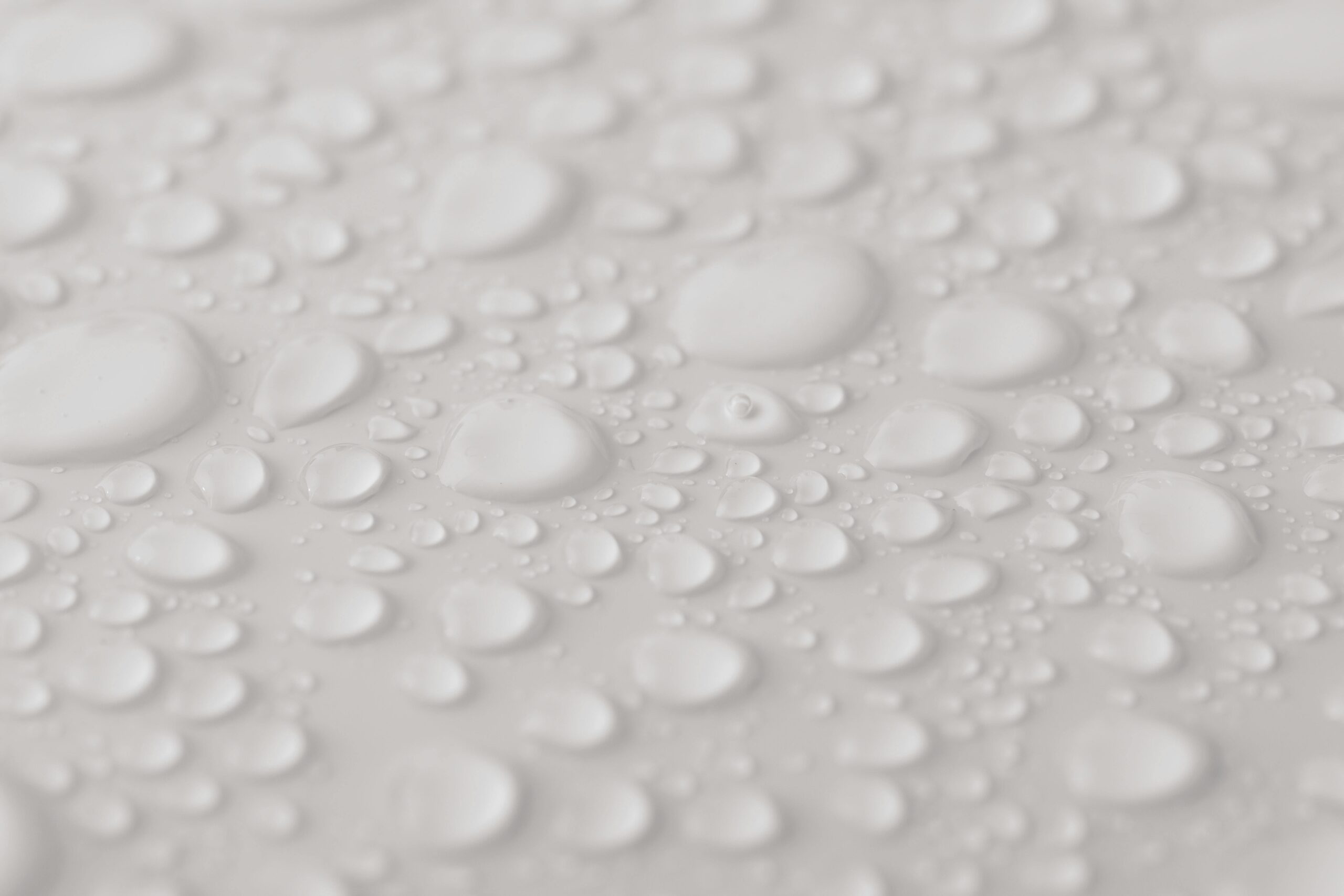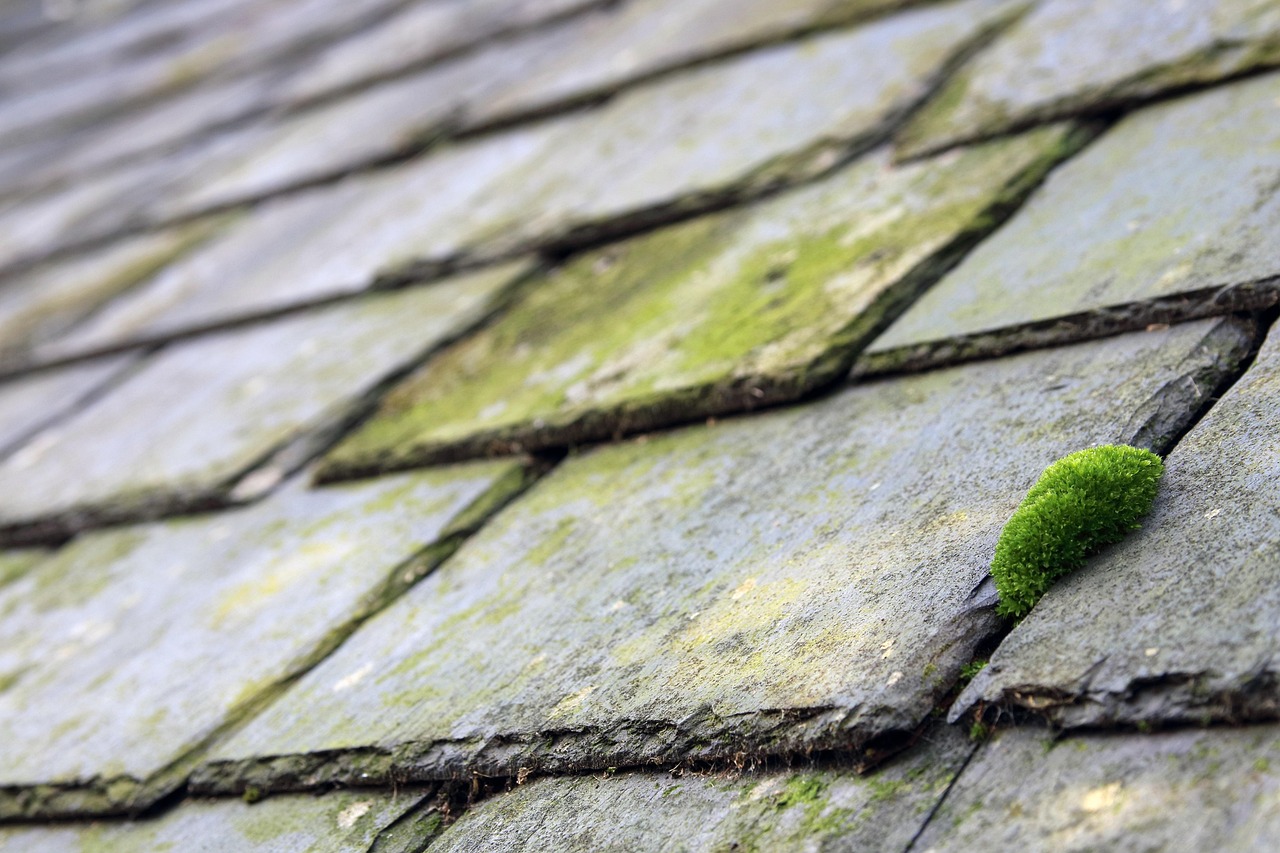Water is a vital resource, but when it accumulates in the wrong places, it can cause significant and costly damage. From foundation problems and mould growth to soil erosion and structural weakening, improper drainage can lead to a multitude of issues that are both inconvenient and expensive to fix. While many homeowners focus on the aesthetics and comfort of their homes, ensuring a proper drainage system is in place should be a top priority. Here’s why proper drainage is essential and how you can prevent costly water issues in your home.
Understanding the Basics of Drainage
Drainage refers to the removal or redirection of excess water, whether it comes from rain, melting snow, or plumbing systems. Without adequate drainage, water can pool in areas where it shouldn’t, leading to various problems over time. Drainage systems play a crucial role in managing water flow around your property and inside your home.
One key aspect of interior drainage that often gets overlooked is the use of condensate pumps. These pumps are crucial for air conditioning systems, helping to remove condensation that accumulates during operation. Without a functioning condensate pump, water could build up and lead to leaks, mould, and even damage to walls and ceilings. In the broader sense, drainage involves everything from surface water management outside the home to internal solutions for handling condensation and wastewater.
Protecting Your Home’s Foundation
One of the most critical reasons to prioritise proper drainage is to protect your home’s foundation. When water collects around the base of a home due to poor grading, blocked gutters, or inadequate downspouts, it can seep into the soil surrounding the foundation. Over time, this water can lead to foundation shifting, cracking, or even sinking, which are incredibly costly issues to repair.
The soil around your home plays a significant role in foundation stability. When water accumulates, it can cause the soil to expand and contract, creating pressure against the foundation. Proper drainage systems, such as French drains or grading the soil away from the house, help mitigate these risks by redirecting water away from vulnerable areas.
Preventing Structural Damage and Wood Rot
Poor drainage can also cause structural damage, particularly in areas like basements, crawl spaces, and attics. Water intrusion in these spaces can lead to wood rot, weakening structural beams, joists, and floorboards. The result? Sagging floors, damaged walls, and in severe cases, the need for extensive and expensive repairs.
One of the most common causes of wood rot in homes is water pooling due to clogged gutters, broken downspouts, or poor exterior grading. These issues can be easily resolved with regular maintenance and attention to drainage systems. Installing proper downspouts that direct water at least 1.5 to 2 metres away from the home can significantly reduce the risk of water damage to your home’s wooden structures.
Avoiding Mould and Mildew Growth
Excess water or moisture build-up is the perfect breeding ground for mould and mildew. Not only can mould damage the materials it grows on, but it also poses health risks to the occupants of the home. Mould spores can cause respiratory problems, allergies, and other health issues, particularly for those with pre-existing conditions or weakened immune systems.
Mould growth often starts in areas with poor drainage, such as damp basements, bathrooms with inadequate ventilation, or crawl spaces without proper moisture barriers. Addressing drainage problems early, such as fixing leaks, improving ventilation, and using dehumidifiers, can prevent the costly clean-up and health complications associated with mould infestations.
Mitigating Soil Erosion in Your Garden
Poor drainage isn’t just an issue for the structure of your home; it can also wreak havoc on your landscaping. When water doesn’t drain correctly, it can lead to soil erosion, washing away topsoil and essential nutrients. This not only affects the health of your plants but can also damage garden beds, pathways, and retaining walls.
To prevent soil erosion, it’s essential to implement proper landscaping techniques such as installing retaining walls, using mulch in garden beds, and planting vegetation that stabilises the soil. Adding surface drains or sloping the ground away from your home can also help redirect water flow and reduce erosion in your garden.
Protecting Driveways and Pavements
Driveways and pavements are particularly susceptible to water damage if drainage is inadequate. Water that pools on driveways can seep into cracks, causing them to expand during freeze-thaw cycles. This can lead to potholes, cracks, and an uneven surface, which are not only unsightly but also pose safety risks.
Proper driveway grading, along with the installation of drainage channels or catch basins, can prevent water from accumulating and causing damage. Regularly sealing cracks and maintaining the surface can also help prolong the life of your driveway and pavements.
Preventing Basement Flooding
A flooded basement is every homeowner’s nightmare, and improper drainage is often the culprit. Water can find its way into basements through foundation cracks, clogged window wells, or inadequate sump pumps. Not only can basement flooding damage flooring, walls, and personal belongings, but it can also lead to long-term issues like mould growth and structural damage.
Installing a sump pump, improving exterior grading, and ensuring downspouts direct water away from your home are key steps to preventing basement flooding. If your basement is prone to water intrusion, consider additional solutions such as installing a perimeter drainage system or waterproofing the walls.
The Role of Gutters and Downspouts
Gutters and downspouts play a vital role in managing rainwater and preventing it from causing damage to your home. When gutters become clogged with leaves, twigs, and debris, water overflows and runs down the sides of your house. This can lead to water pooling near the foundation, siding damage, and basement leaks.
Regular gutter cleaning, installing gutter guards, and ensuring that downspouts extend far enough from the foundation can help keep water away from your home. Additionally, inspecting gutters and downspouts for damage or sagging can prevent them from becoming ineffective over time.
Interior Drainage Considerations
While much of the focus is often on external drainage solutions, it’s also important to consider the drainage within your home. Appliances like air conditioning units, dehumidifiers, and refrigerators all produce condensate that needs to be properly drained. If not managed correctly, this excess water can lead to leaks and water damage.
As mentioned earlier, condensate pumps are essential for removing accumulated water from air conditioning systems. Regular maintenance and checks on these pumps can prevent unexpected leaks and water damage inside your home. It’s also important to ensure that internal plumbing is functioning correctly and that there are no leaks in pipes, which could lead to hidden water damage over time.
Saving Money in the Long Run
While installing and maintaining proper drainage systems may seem like an added expense, the cost of neglecting drainage can be far higher. Repairing foundation damage, addressing mould infestations, replacing eroded landscaping, and fixing water-damaged structures can quickly add up. By investing in proper drainage solutions, you can avoid these costly issues and maintain the integrity of your home.
A Proactive Approach to Maintenance
The best way to prevent costly water issues is through proactive maintenance and regular inspections. Take the time to check your gutters, downspouts, and drainage systems each season. Look for signs of water pooling, cracks in the foundation, or dampness in the basement. If you notice any issues, address them promptly to prevent further damage.
Additionally, consider consulting a drainage expert or landscaper to assess your property and recommend improvements to your drainage systems. A professional assessment can identify potential problem areas and suggest effective solutions to keep your home safe and dry.
Proper drainage is a critical component of maintaining a safe, comfortable, and long-lasting home. By investing in effective drainage systems, such as condensate pumps, gutters, and surface drains, you can prevent a wide range of costly water issues, from foundation damage to mould growth and soil erosion. Regular maintenance and a proactive approach to drainage can save you time, money, and stress in the long run, allowing you to enjoy your home without worrying about unexpected water damage.
Remember, a little effort now can go a long way in protecting your home and preserving its value. So, take the necessary steps to ensure your drainage systems are in good condition, and keep an eye out for any signs of trouble. With the right precautions, you can enjoy a dry, stable, and stress-free home for years to come.














